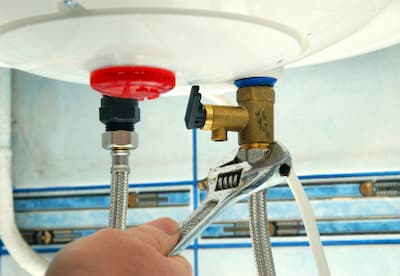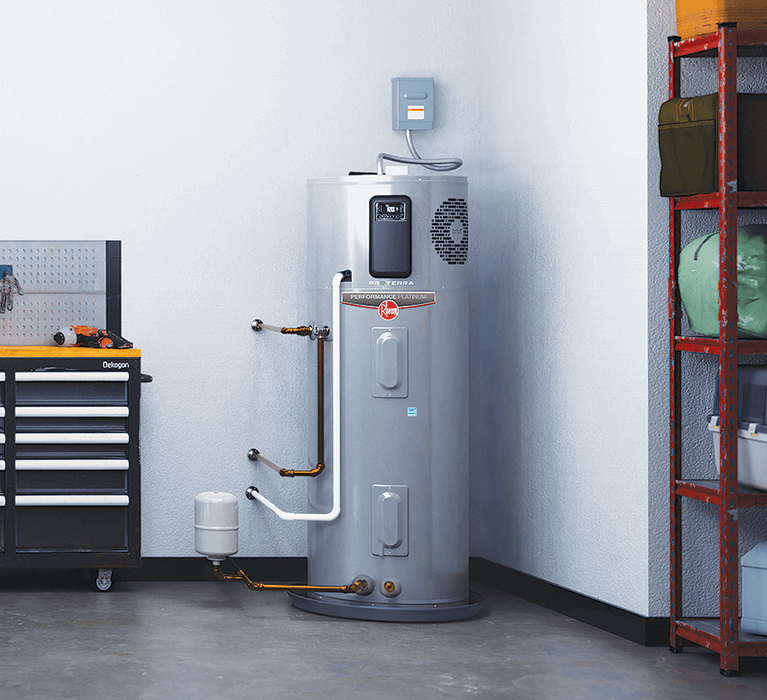Do you find yourself hunting for advise concerning Water Heater Maintenance Tips You Can't Afford to Forget?

Warm water is vital for daily convenience, whether it's for a refreshing shower or cleaning dishes. To ensure your warm water system runs efficiently and lasts much longer, regular upkeep is vital. This short article gives useful pointers and insights on just how to keep your home's hot water system to stay clear of disruptions and expensive repairs.
Introduction
Keeping your home's hot water system may appear difficult, however with a couple of easy actions, you can ensure it operates efficiently for years to come. This overview covers everything from comprehending your hot water system to do it yourself upkeep suggestions and understanding when to employ professional assistance.
Value of Keeping Your Hot Water System
Routine upkeep not just extends the life expectancy of your warm water system yet also ensures it runs successfully. Neglecting maintenance can result in lowered performance, higher energy expenses, and also early failing of the system.
Signs Your Hot Water System Requirements Upkeep
Recognizing when your warm water system needs attention can avoid significant concerns. Keep an eye out for signs such as inconsistent water temperature, strange noises from the heating unit, or rustic water.
Recognizing Your Warm Water System
Prior to diving right into upkeep tasks, it's useful to understand the fundamental elements of your warm water system. Normally, this consists of the hot water heater itself, pipelines, anode poles, and temperature level controls.
Month-to-month Upkeep Tasks
Normal monthly checks can help catch minor issues before they escalate.
Flushing the Water Heater
Flushing your water heater removes debris build-up, boosting performance and lengthening its life.
Monitoring and Changing Anode Rods
Anode poles stop rust inside the storage tank. Examining and replacing them when worn out is crucial.
Inspecting and Readjusting Temperature Level Setups
Changing the temperature level settings guarantees ideal performance and safety.
DIY Tips for Maintenance
You can execute numerous upkeep tasks on your own to maintain your warm water system in top problem.
Looking for Leakages
Consistently examine pipes and links for leakages, as these can cause water damage and higher costs.
Examining Stress Alleviation Valves
Evaluating the pressure safety valve guarantees it works correctly and protects against excessive stress accumulation.
Insulating Pipes
Shielding hot water pipes lowers warm loss and can save power.
When to Call a Professional
While do it yourself maintenance is advantageous, some concerns call for professional experience.
Complex Concerns Needing Professional Aid
Examples include significant leaks, electric problems, or if your hot water heater is regularly underperforming.
Regular Expert Upkeep Perks
Specialist maintenance can include complete inspections, tune-ups, and making sure conformity with safety requirements.
Conclusion
Normal maintenance of your home's warm water system is important for performance, durability, and price savings. By adhering to these suggestions and recognizing when to seek professional aid, you can ensure a trusted supply of warm water without unforeseen disturbances.
How to Maintain an Instant Hot Water Heater
Before tinkering with your hot water heater, make sure that it’s not powered on. You also have to turn off the main circuit breaker and shut off the main gas line to prevent accidents. Also turn off the water valves connected to your unit to prevent water from flowing into and out of the appliance. 2. When you’re done, you have to detach the purge valves’ caps. These look like the letter “T†and are situated on either side of the water valves. Doing so will release any pressure that has accumulated inside the valves while at the same time avoid hot water from shooting out and burning your skin. 3. When the purge valves’ caps are removed, you have to connect your hosing lines to the valves. Your unit should have come with three hoses but if it didn’t, you can purchase these things from any hardware or home repair shops. You can also get them from retail stores that sell water heating systems. Read the user’s manual and follow it to complete this task properly. When the hosing lines are connected, open the purge port’s valves. 4. You should never use harsh chemical cleaners or solutions when cleaning your unit. Make use of white vinegar instead. It should be undiluted and you’ll probably use about 2 gallons. 5. Now flush your water heater. This task should probably take about 40 minutes. We can’t give you specific directions for this because the procedure is carried out depending on the type, model and brand of your heater. With that being said, refer to the user’s manual. 6. When you’re done draining the unit, you have to turn off the purge port valves again. Remove the hosing lines that you earlier installed on each of the water valves. Put the valve caps (purge port) back in their respective places and be very careful so as not to damage the rubber discs that are found inside these caps. 7. Now that everything’s back in place, check your user’s manual again to find out how to reactivate your water heating system. 8. Once it is working, turn one of your hot water faucets on just to let air pass through the heater’s water supply pipes. Leave the tap on until water flows smoothly out of it. https://www.orrplumbing.com/blog/2014/september/how-to-maintain-an-instant-hot-water-heater/

I'm certainly very occupied with How to Maintain a Hot Water Heater in a Few Simple Steps and I'm hoping you enjoyed reading the blog post. Sharing is nice. Who knows, you may be helping someone out. We treasure your readership.
Book Today